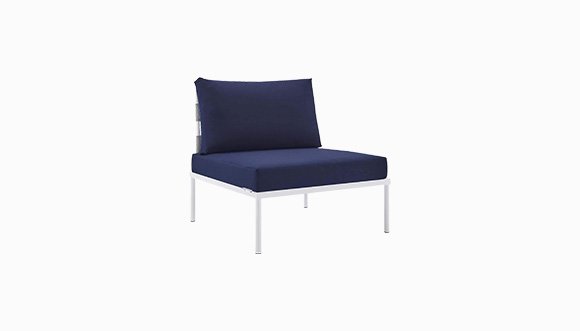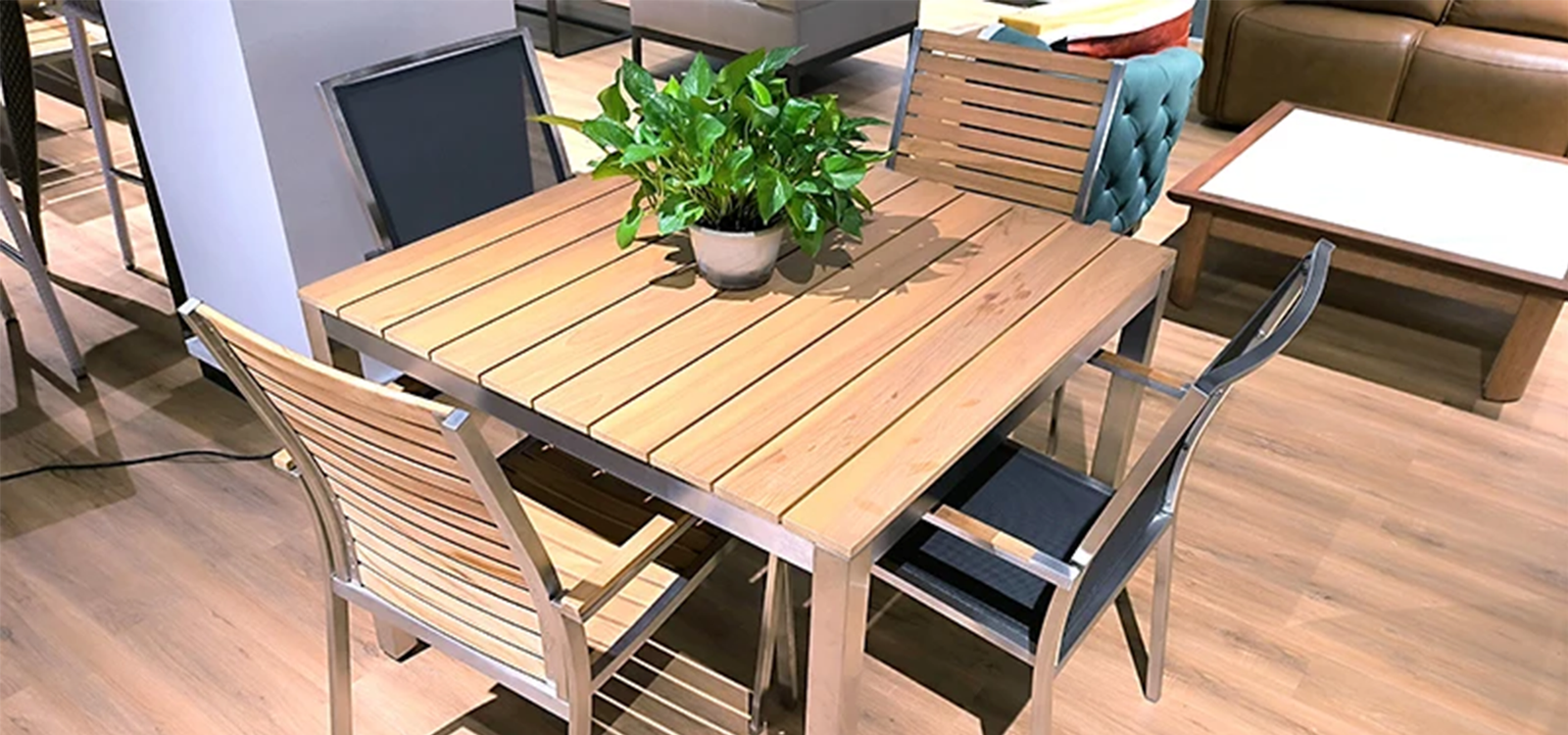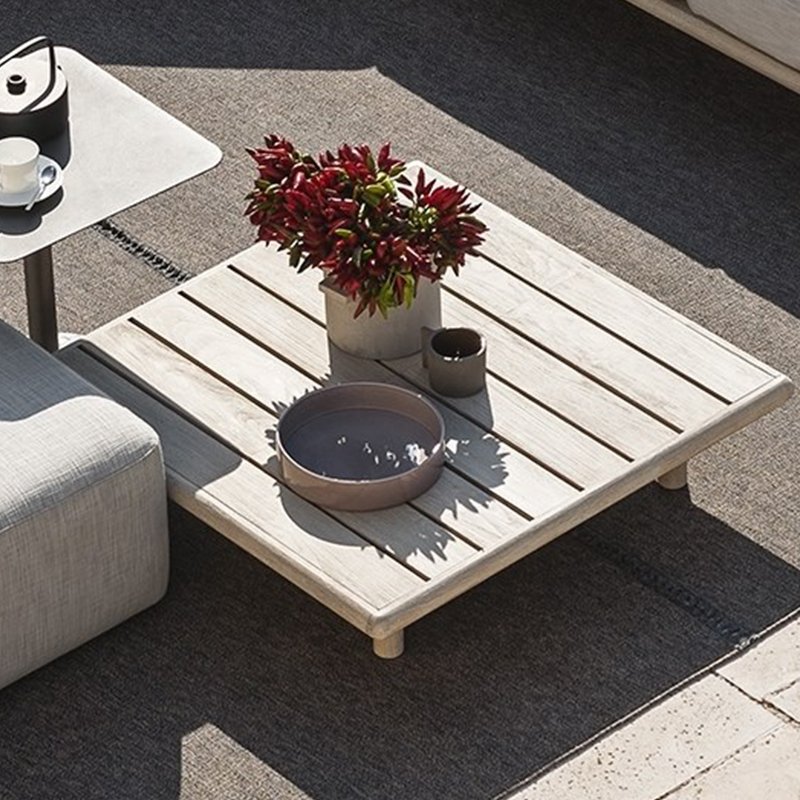When selecting outdoor furniture, one of the most important factors to consider is durability. Outdoor furniture must be able to withstand the elements, including sun, rain, wind, and temperature fluctuations, while maintaining its beauty and functionality. The material you choose plays a significant role in determining the longevity and performance of your furniture. Here’s a breakdown of some of the most durable materials for outdoor furniture and how to choose the best one for your needs.
1. Aluminum: Lightweight and Rust-Resistant
Aluminum is one of the most popular materials for outdoor furniture due to its excellent combination of strength, lightweight design, and resistance to rust and corrosion.
- Benefits:
- Rust-Resistant: Aluminum doesn’t rust, making it ideal for coastal areas or regions with high humidity.
- Lightweight: Despite being durable, aluminum is relatively light, which makes it easy to move around and rearrange your outdoor space.
- Low Maintenance: Aluminum furniture typically requires minimal upkeep—just occasional cleaning with mild soap and water.
- Modern Look: Aluminum furniture often has a sleek, modern design, making it a great choice for contemporary outdoor spaces.
- Best for: Those seeking a low-maintenance, weather-resistant material with a modern look.
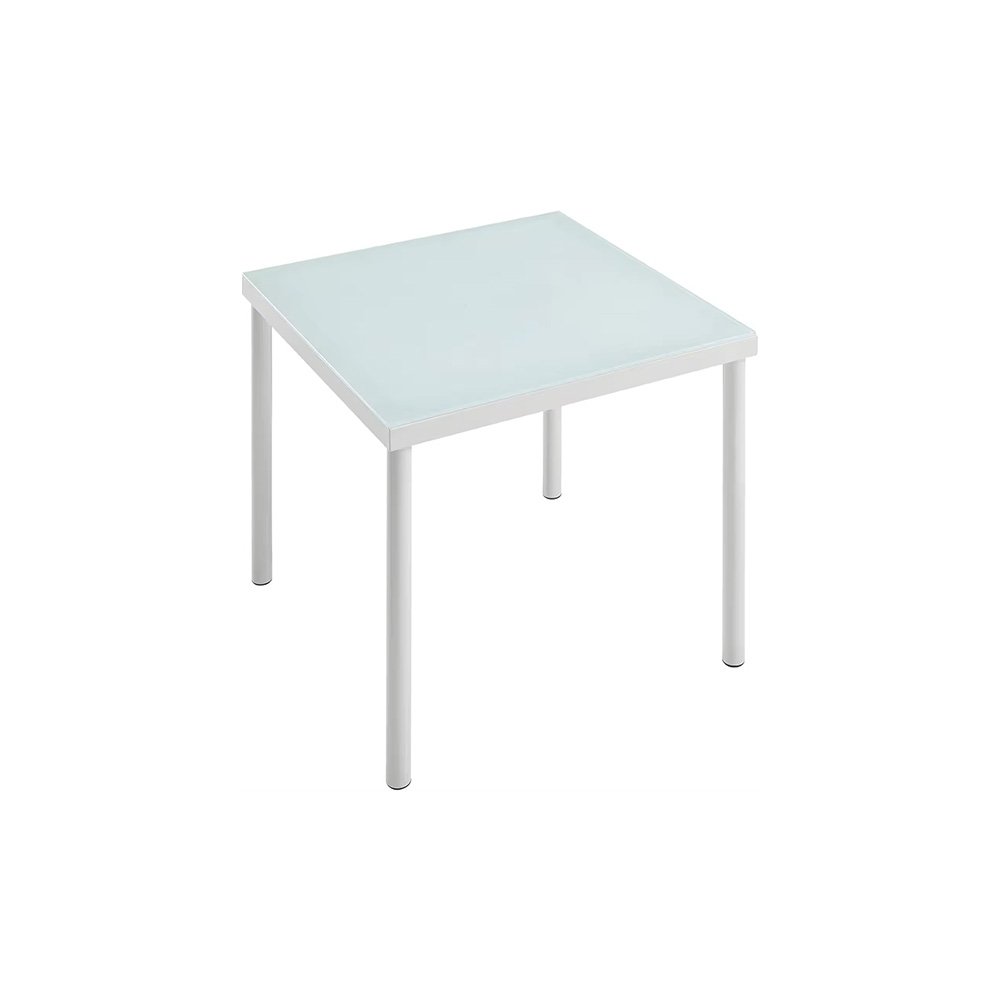
2. Wood: Timeless and Elegant
Wood is a classic choice for outdoor furniture, offering a natural and warm aesthetic that complements various garden or patio settings. However, wooden furniture requires more maintenance than other materials, as wood is vulnerable to the elements, especially rain and sunlight.
- Benefits:
- Natural Appeal: Wood offers a timeless, rustic, and organic look that blends well with nature.
- Variety: There are many types of wood used for outdoor furniture, including teak, eucalyptus, cedar, and acacia, each with its own unique qualities.
- Strong and Sturdy: Quality wood can be very durable and long-lasting if properly maintained.
- Drawbacks:
- Maintenance: Wood requires regular sealing, oiling, and cleaning to protect it from moisture, mold, and pests. Without care, wood can fade, crack, or warp.
- Vulnerability to Weather: Exposure to rain, snow, and sunlight can cause wood to deteriorate over time.
- Best for: Those who appreciate the look of natural wood and are willing to invest time in maintenance.
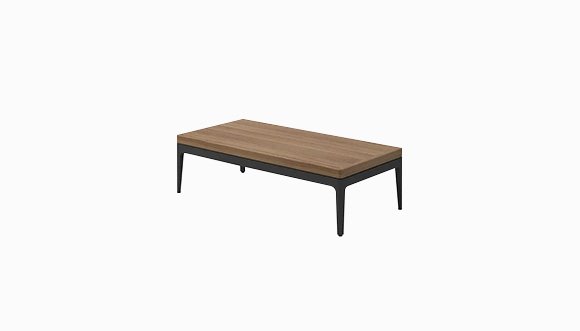
3. Wicker (Synthetic Rattan): Stylish and Weather-Resistant
Wicker furniture, often made from synthetic rattan or resin, has become a popular choice for outdoor spaces due to its durability, low maintenance, and stylish appearance. Unlike traditional wicker, which is made from natural materials like rattan and bamboo, synthetic wicker is designed to withstand outdoor conditions without fading, cracking, or unraveling.
- Benefits:
- Weather-Resistant: Synthetic wicker is resistant to UV rays, moisture, and temperature fluctuations, making it ideal for outdoor use in all climates.
- Lightweight: Synthetic wicker furniture is typically lightweight and easy to move.
- Versatile Design: Wicker can be molded into a variety of shapes and designs, from classic to modern, making it highly versatile in terms of aesthetics.
- Low Maintenance: It requires minimal upkeep—just occasional cleaning with soapy water or a hose to remove dirt and debris.
- Best for: Those looking for stylish, comfortable, and durable furniture with little maintenance.
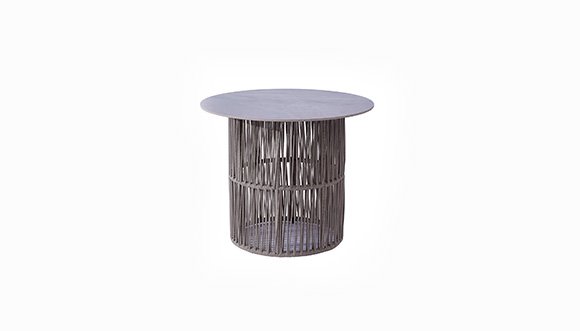
4. Steel: Strong and Heavy Duty
Steel is a strong and durable material that is often used for outdoor furniture, especially for larger pieces like dining sets and lounge chairs. Steel is heavier than aluminum, making it sturdier but less portable.
- Benefits:
- Strength: Steel is one of the strongest materials available, offering exceptional support and durability.
- Heavy-Duty: Ideal for larger furniture pieces or for areas that experience high winds, as steel will stay in place and won’t blow over easily.
- Modern and Industrial Look: Steel furniture often has a sleek, industrial appearance that works well in contemporary outdoor spaces.
- Drawbacks:
- Rusting: While steel is strong, it is prone to rusting if not properly coated or treated with anti-rust protection. Galvanized steel or powder-coated finishes are necessary to protect against corrosion.
- Heavy: Steel furniture is much heavier than aluminum, which may make it less ideal for those who want to move their furniture frequently.
- Best for: Those seeking strong, long-lasting furniture and willing to maintain it to prevent rusting.
5. Plastic and Resin: Affordable and Easy to Maintain
Plastic and resin furniture offer affordable solutions for outdoor seating and dining. These materials are lightweight, durable, and require little maintenance, making them perfect for budget-conscious consumers or for those who want a low-maintenance outdoor setup.
- Benefits:
- Affordable: Plastic and resin furniture tends to be more budget-friendly than materials like wood or metal.
- Low Maintenance: Plastic and resin furniture can withstand the elements without needing regular upkeep. Simply wipe them down to keep them clean.
- Lightweight: These materials are easy to move and rearrange, making them great for smaller spaces or casual outdoor settings.
- Drawbacks:
- Less Stylish: While functional, plastic and resin furniture may not have the same aesthetic appeal as wood or metal options.
- Durability: Though durable, plastic and resin can degrade over time when exposed to harsh UV rays, leading to fading or cracking.
- Best for: Budget-conscious buyers who need durable, easy-to-care-for furniture for casual outdoor settings.
6. Fabric (Outdoor Cushions and Pillows)
While fabric is not a primary material for the structure of outdoor furniture, it plays an important role in providing comfort and style to outdoor seating areas. Outdoor cushions and pillows are often made from fabrics like Sunbrella, which are designed to resist moisture, mold, and fading.
- Benefits:
- Comfort: Cushions and pillows add a layer of comfort to outdoor seating, making it more inviting.
- Variety: Available in a wide range of colors, patterns, and styles, fabric accessories can easily complement any outdoor décor.
- Weather-Resistant: Quality outdoor fabrics are designed to withstand rain, sun, and mildew, ensuring they maintain their appearance and functionality over time.
- Best for: Those who want to enhance the comfort and style of their outdoor furniture.
Conclusion
Choosing the right material for your outdoor furniture depends on your style preferences, climate, and the level of maintenance you’re willing to commit to. Materials like aluminum, synthetic wicker, and resin offer durability with minimal upkeep, while wood and steel provide strength and a timeless aesthetic but may require more attention.
At Outdoor Whale Furniture, we offer a wide range of high-quality, durable outdoor furniture options crafted from the finest materials, including aluminum, wood, and synthetic wicker. Whatever your outdoor style, we have the perfect pieces to help you create a comfortable and lasting outdoor space.
Contact us today at info@ligointl.com for more information or to explore our collection of outdoor furniture.
Outdoor Furniture Materials and Durability
- Choosing Outdoor Furniture: What is the Most Durable Outdoor Patio Furniture?
- What are the Best Materials for Outdoor Furniture?
- How to Choose the Best Material for Outdoor Furniture
- Wicker vs Rattan: What is Best for Patio Furniture?
- The Ultimate Introduction to Rope Outdoor Furniture
- How to Choose the Best Wood for Patio Furniture
- The Best Outdoor Wicker Furniture Brands
- The Best Teak Patio Furniture Brands for Luxury Outdoor Living

